Google Pixel 4 is currently available for $481.99. The great highlight of Google’s launch is the readers and the facial recognition system, besides other technical details additions. The device has arrived to compete with Galaxy Note 10 Plus, which has won over many users. Samsung’s smartphone features a triple camera, elegant design, and innovative screen. Here are some of the similarities and differences between the two models.
Google Pixel 4 and Galaxy Note 10 Plus Datasheet
| Specifications | Google Pixel 4 | Galaxy Note 10 Plus |
|---|---|---|
| Launch | October 2019 | August 2019 |
| Current price | starting at $481.99 | about $1,099 |
| System | Android 10 | Android 9 (Pie) |
| Processor | Qualcomm Snapdragon 855 | Exynos 9825 |
| RAM | 6GB | 12GB |
| Storage | 64GB or 128GB | 256GB or 512GB |
| Screen | 5.7 inches | 6.8 inches |
| Screen resolution | Full HD+ (2280 x 1080 pixels) | Quad HD+ (3040 x 1440 pixels) |
| Main camera | Dual: 12.2MP and 16MP | Triple: 12MP, 12MP and 16MP + ToF sensor |
| Front camera | 8MP | 10MP |
| Battery | 2,800mAh | 4,300mAh |
| Dimensions | 147.1 × 68.8 × 8.2 mm | 162.3 x 77.2 x 7.9 mm |
| Weight | 162 grams | 196 grams |
| Colors | Black, White and Orange | Aura Glow, Aura Black, and Aura White |
Screen and Design
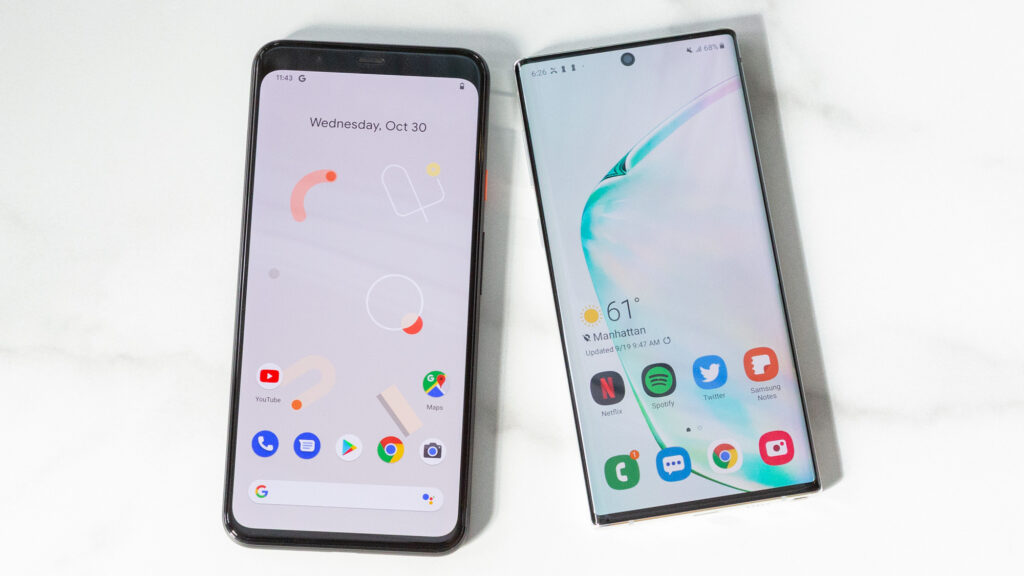
Let’s start with a weight assessment for Galaxy Note 10 Plus. After its release, the device was selected by DisplayMate, a portal that specializes in the comparison of screens, as the best mobile screen in the world. Despite losing the rank to the iPhone 11 Pro, the qualities of the Samsung product screen are undeniable. The product has a 6.8-inch screen, larger than most smartphones found in the market. The Quad HD+ resolution (3040 x 1440 pixels) provides high-quality images.
Another interesting fact in the launch of Samsung is the presence of the front camera within the screen itself. This new design choice enabled a more elegant look, with thinner edges and curved sides. Finally, the product left aside the headphone output in the traditional P2 standard and adopted the colors black, white, and Aura Glow.
On the other hand, Pixel 4 is available with a 90Hz screen, capable of displaying animations and conversations with a more pleasant look, especially for the public gamer. Also, the 5.7-inch screen features Full HD+ resolution (2280 x 1080 pixels).
The device brings a very significant change compared to its predecessor, the Pixel 3, which has a very thick upper edge – replacing the notch. You can find the product in black, white and orange.
Camera
The new feature brought by Pixel 4 is the dual camera in the rear, with 12 MP (wide) and 16 MP (telephoto) sensors. It competes with the Note 10 Plus triple camera, positioned as follows: 12 MP (wide), 12 MP (telephoto), and 16 MP (ultra-wide).
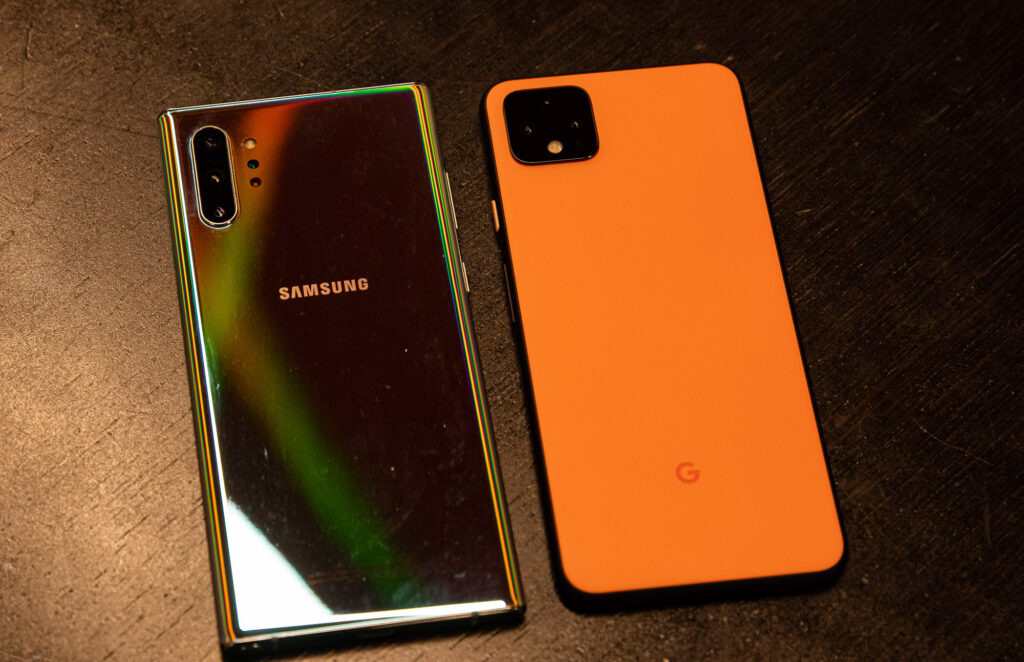
Galaxy Note 10 Plus also offers a 3D (ToF) sensor capable of capturing the depth of field and applying effects such as Portrait Mode more accurately. It is also used in Augmented Reality (AR) applications.
The Samsung is ahead when it comes to selfies, with 10MP versus 8 MP images from Google’s smartphone.
Performance and Storage
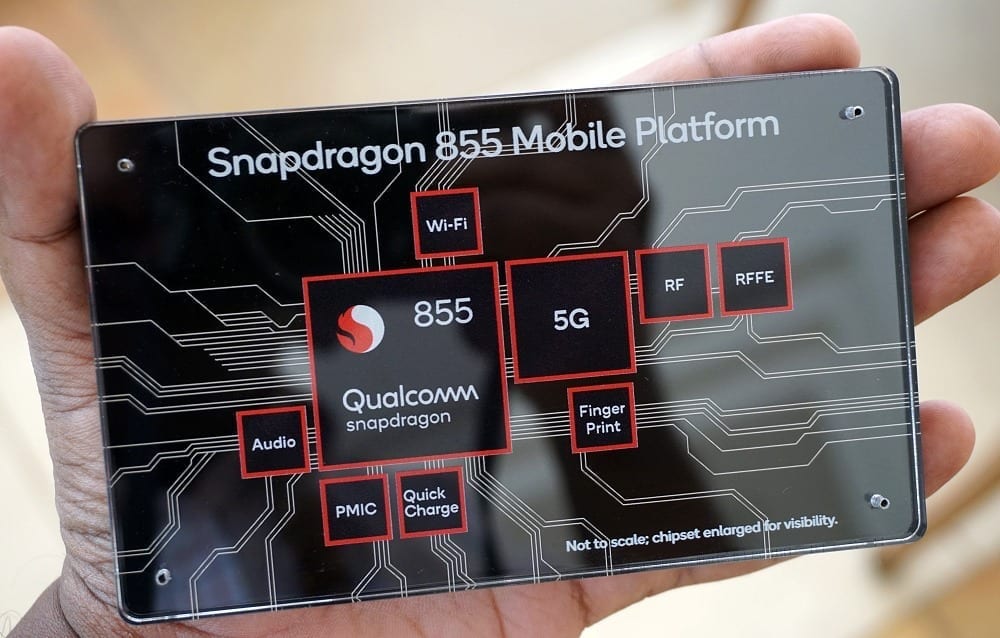
On one side we have the Snapdragon 855 processor of Pixel 4, which ensures good performance even in the heaviest games. On the other hand, the Galaxy Note 10 operates with the Exynos 9825. Both are cutting-edge chips for those looking for a smartphone that can handle multiple tasks at the same time.
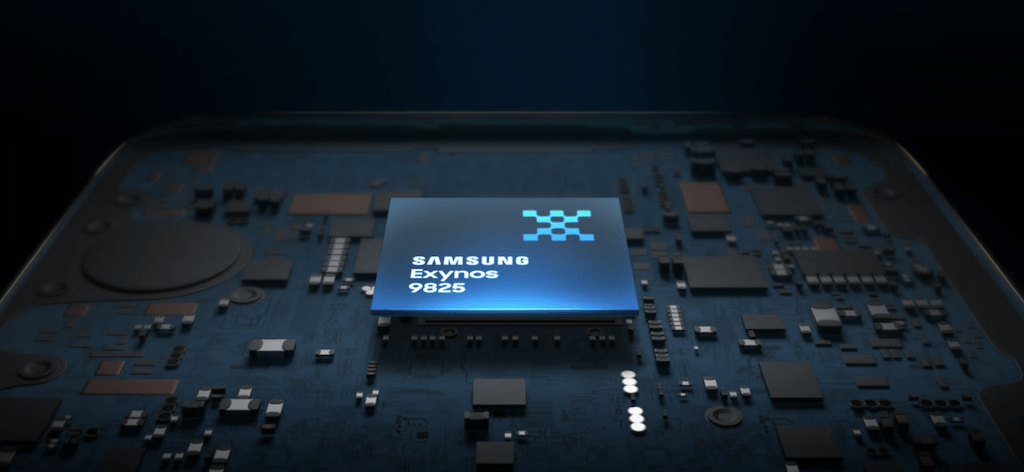
The difference between the RAM and the storage of the two devices is striking. The 6GB (RAM) of Pixel 4 is outnumbered by the 12GB available in the Galaxy model. As for storage, the size is the same: the Google device is available in 64GB or 128GB versions. Samsung’s is available in 256GB or 512GB. Note 10 Plus also has support for microSD memory cards, unlike Pixel.
Battery
The Pixel 3 successor has a 2,800 mAh battery, while the Galaxy Note 10 Plus features 4,300 mAh. Despite the big difference, both products guarantee enough power for a whole day of use without the sockets.
System and Additional Features
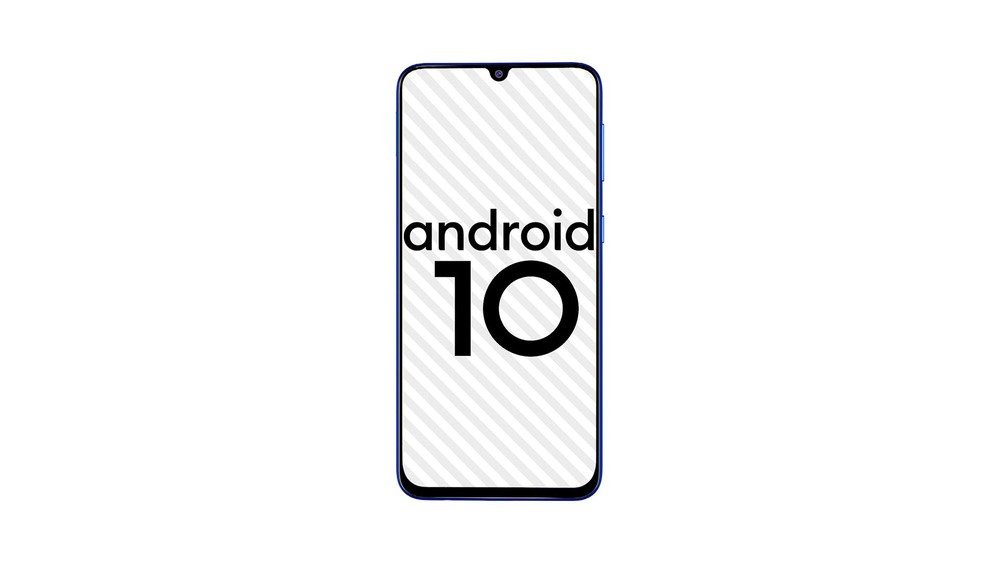
Although not released on such distant dates, the two devices operate on different systems. While the Galaxy Note 10 Plus comes with Android 9 (Pie), the launch Pixel 4 already reaches consumers with the new Android 10. This happens because the Pixel is manufactured by Google itself, which allows it to run a cleaner and more updated version of Android than other manufacturers’ devices.
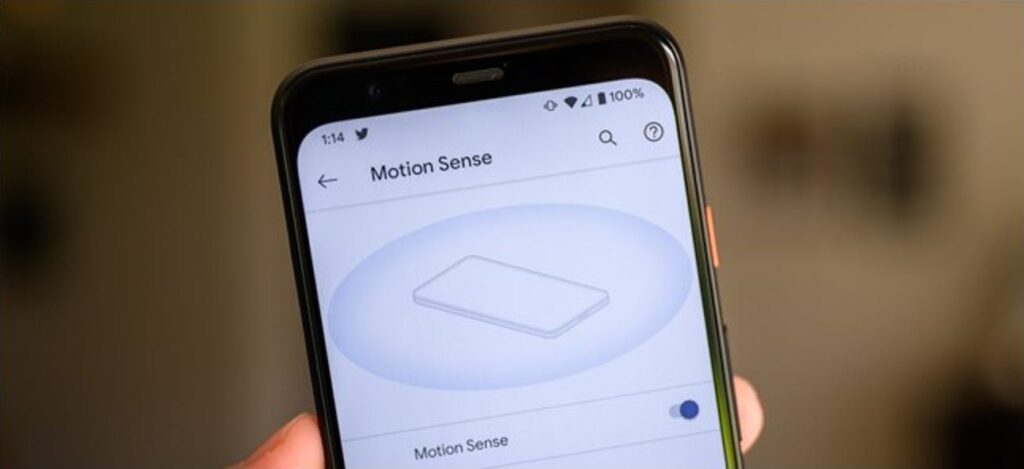
Among the additional features, Pixel 4 surpasses by bringing features such as Motion Sense – which allows the device to control only using gestures, excluding the need to touch the screen to perform determinator commands to the smartphone. Besides, it also has the redesigned Google Assistant, unlocking via facial recognition (similar to Face ID) and support for eSIM. Furthermore, the manufacturer has also left out the headphone output in the P2 standard, containing only one USB-C port for accessories and the charger.
The Galaxy Note 10 Plus includes the exclusive electronic pen S Pen, now able to understand gestures that do not require touching the screen. Another feature present is the fingerprint reader integrated into the display itself, a feature that has been reaching other new releases in recent months, among them the Huawei P30. Finally, it is worth mentioning the reverse charging feature that allows Note to transfer charges to other compatible devices.
Price
Pixel 4 is available for purchase on Amazon for $481.99 for the 64GB version.
Those interested can already find the Galaxy Note 10 Plus on Amazon for $1,099 (256 GB).
- Buy Pixel 4
- Buy Galaxy Note 10 Plus
This post may contain affiliate links, which means that I may receive a commission if you make a purchase using these links. As an Amazon Associate, I earn from qualifying purchases.

